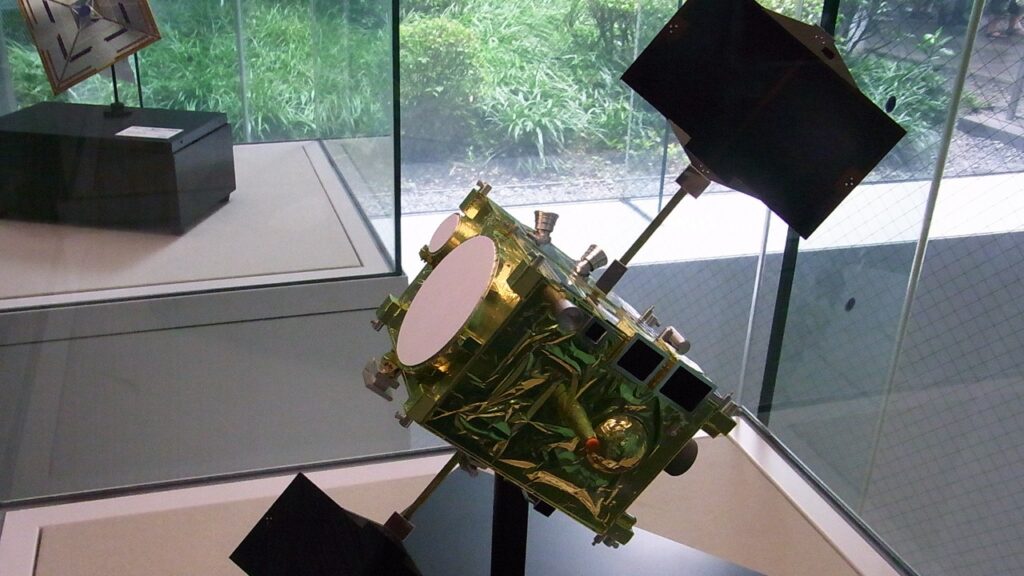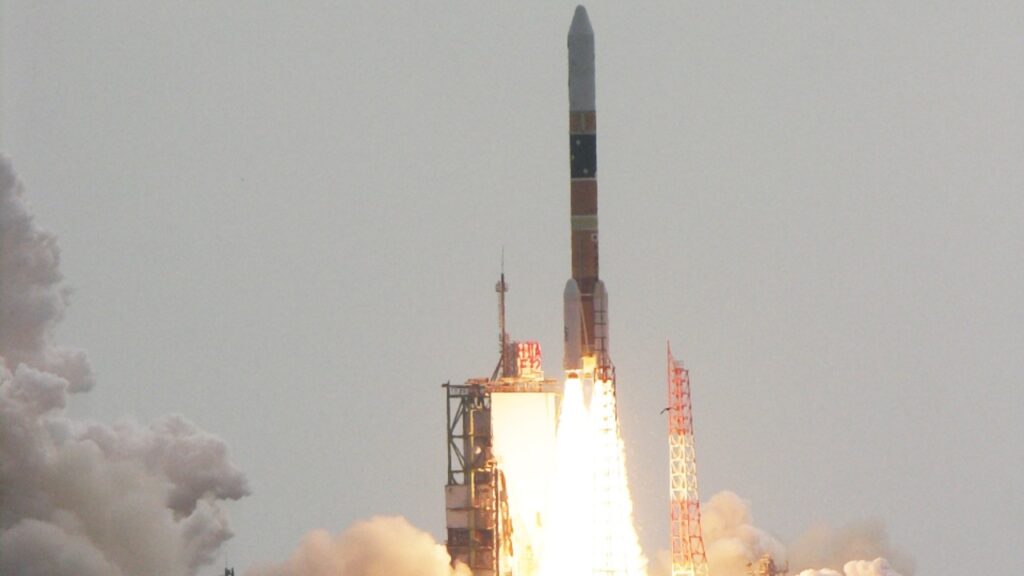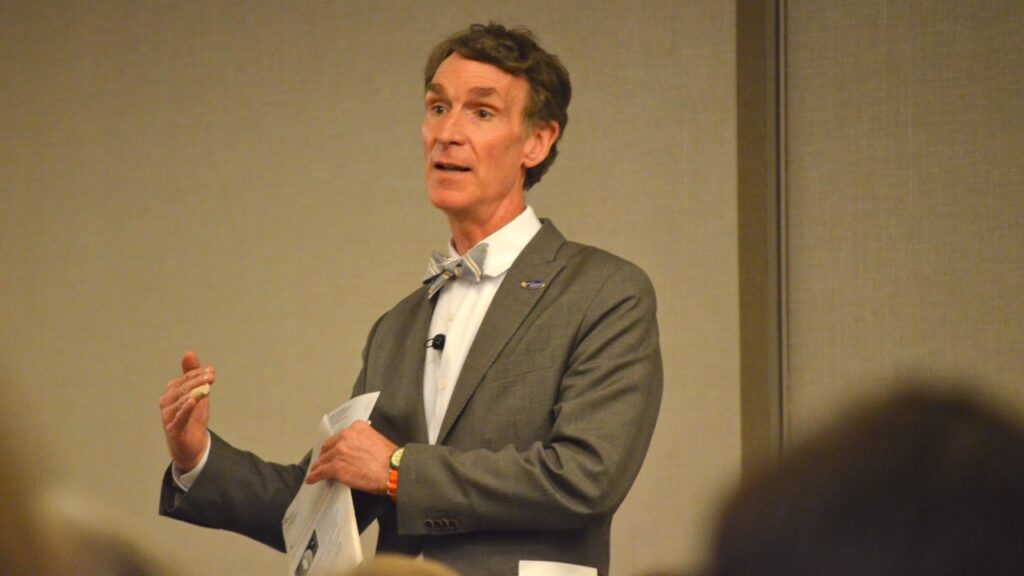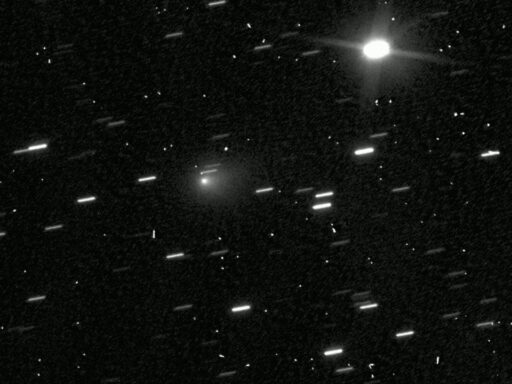Japan’s Venus Climate Orbiter, Akatsuki, has officially gone silent, marking the end of the last active mission orbiting Venus. Developed by the Institute of Space and Astronautical Science (ISAS), part of the Japan Aerospace Exploration Agency (JAXA), the spacecraft was renowned not only for its scientific contributions but also for carrying a virtual pop star, a unique cultural element that captured public imagination. As reported on September 18, 2025, Akatsuki’s silence leaves Venus without any operational missions for the foreseeable future, highlighting a significant pause in our exploration of the planet. This development comes after the probe lost contact in late April 2024, with JAXA conducting termination procedures more than a year later, underscoring the challenges of maintaining long-duration space operations in harsh environments.
Akatsuki Mission Overview

The Akatsuki spacecraft, also known as the Venus Climate Orbiter, was primarily designed to study the atmosphere and climate of Venus. Its mission was to provide insights into the planet’s meteorological phenomena, such as its thick cloud cover and super-rotating atmosphere, where winds whip around the planet at speeds up to 60 times faster than the planet’s rotation. The spacecraft’s design and operations were spearheaded by the Institute of Space and Astronautical Science (ISAS), a key player in Japan’s space exploration efforts, which has a history of innovative planetary missions. Akatsuki’s mission was part of a broader initiative to enhance our understanding of planetary climates, contributing valuable data to the scientific community by examining Venus as a potential analog for understanding runaway greenhouse effects that could inform studies of Earth’s climate change. Equipped with five specialized cameras and instruments, including an infrared camera for peering through the dense clouds, an ultraviolet imager for tracking atmospheric dynamics, and a radio science instrument for measuring gravity fields, Akatsuki aimed to map the three-dimensional structure of Venus’s atmosphere, detect lightning, and investigate volcanic activity on the surface. Over its operational life, it revealed details about the planet’s sulfuric acid clouds, equatorial jets, and polar vortices, providing data that challenged previous models of Venusian weather. One of the most intriguing aspects of the Akatsuki mission was its inclusion of a virtual pop star. This innovative approach to public engagement involved etching illustrations of Hatsune Miku, a popular Japanese Vocaloid character, onto aluminum plates carried aboard the spacecraft, along with messages from the public. This creative strategy aimed to draw attention to the mission and inspire interest in space exploration among younger audiences, blending anime culture with cutting-edge science. By integrating cultural elements into its scientific endeavors, ISAS demonstrated a creative strategy to bridge the gap between science and popular culture, making the mission more relatable and engaging to the public, and it successfully garnered widespread media attention, turning a technical probe into a symbol of Japan’s fusion of technology and entertainment.
Key Milestones and Operations

Akatsuki’s journey to Venus was marked by several key milestones. After a successful launch from the Tanega Shima Space Center on May 21, 2010, aboard an H-IIA rocket, the spacecraft initially failed to enter Venus’s orbit in December 2010 due to a malfunction in its main engine, caused by a clogged fuel line from oxidized propellant. However, ISAS engineers managed to correct the trajectory using the probe’s smaller attitude control thrusters over the next five years, and Akatsuki successfully entered an elliptical orbit around Venus on December 7, 2015, becoming Japan’s first successful planetary orbiter beyond the Moon. This recovery was a testament to engineering ingenuity, as the team fired the thrusters in short bursts to gradually adjust the path while orbiting the Sun. Once in orbit, it began its primary science phase in April 2016, collecting extensive data on the planet’s atmosphere, including discoveries of massive stationary gravity waves that influence the super-rotation, and evidence of active volcanism through infrared imaging. Over the years, it collected extensive data on the planet’s atmosphere, contributing significantly to our understanding of Venusian weather patterns and climate dynamics, such as the unexpected stability of the cloud tops and variations in sulfur dioxide levels that hint at ongoing geological processes. The mission far exceeded its planned 4.5-year lifespan, operating for nearly a decade in Venus orbit despite the extreme conditions, including intense solar radiation and thermal stresses. Operations involved regular data downlinks to Earth, with the spacecraft’s solar panels providing power and its instruments cycling through observation modes to capture day-night transitions. In 2018, Akatsuki provided crucial support for the European Space Agency’s Bepi Colombo flyby, offering complementary atmospheric data. The announcement of Akatsuki’s mission conclusion on September 18, 2025, was attributed to technical issues such as power loss or instrument failure, specifically after losing attitude control in April 2024, which prevented stable communication. These challenges are common in long-duration space missions, where harsh environmental conditions and the limitations of current technology can lead to the eventual cessation of operations, but Akatsuki’s extended life allowed for over 3,000 orbits and terabytes of data. Despite these setbacks, Akatsuki’s achievements underscore Japan’s commitment to planetary science and its ability to overcome obstacles in pursuit of knowledge, paving the way for future missions like NASA’s VERITAS and DAVINCI, expected in the late 2020s.
Historical Precedents for Silent Spacecraft

The silence of Akatsuki is not an isolated event in the history of space exploration. In 2017, “The Silent Star” project exemplified how space-related narratives can go dormant, reflecting the challenges of maintaining active missions over extended periods. This cultural reference, drawing from the 1960 science fiction film “The Silent Star” (also known as “First Spaceship on Venus”), which depicted a doomed expedition to Venus uncovering alien artifacts, provides context for understanding the lifecycle of space missions and the inevitability of their conclusions. The Silent Star serves as a reminder of the transient nature of such endeavors, mirroring real-world scenarios where missions fade due to technical failures or resource exhaustion, much like how the film’s plot highlighted the perils of venturing into unknown planetary environments. Similarly, Bill Nye’s LightSail solar sailing spacecraft experienced communication issues in 2015, illustrating the difficulties faced by experimental propulsion technologies. The LightSail mission, led by The Planetary Society with Bill Nye as CEO, aimed to demonstrate the viability of solar sailing, using sunlight pressure on large reflective sails to propel a small CubeSat without fuel. Launched in May 2015, LightSail 1 encountered software glitches and battery problems shortly after deployment, leading to a temporary loss of contact that lasted several days before recovery. This event highlights the experimental nature of many space missions and the inherent risks involved in pushing the boundaries of technology, as the team had to reboot systems remotely and adjust sail deployment amid tumbling motions. Although LightSail 1 ultimately succeeded in testing sail deployment, its successor LightSail 2 in 2019 achieved controlled solar sailing for over three years before re-entering Earth’s atmosphere in 2022. Bill Nye’s LightSail underscores the perseverance required to advance space exploration, showing how initial silences or failures can lead to refined designs and successes. Other precedents include NASA’s Pioneer 10, which went silent in 2003 after 31 years, having pioneered the first Jupiter flyby and interstellar travel, succumbing to dwindling power from its radioisotope generators. Likewise, the Mars rover Opportunity declared dead in 2019 after a dust storm blocked its solar panels, ending a 15-year mission that far outlasted its 90-day plan. These historical precedents provide valuable lessons for future missions, emphasizing the need for robust engineering solutions and contingency planning, such as redundant communication systems and autonomous recovery protocols. Akatsuki’s silence, like those before it, is a testament to the challenges of space exploration and the resilience of the teams that support these missions. As we look to the future, these experiences will inform the development of new technologies and strategies to ensure the success of upcoming space endeavors, including more durable power sources and AI-driven fault tolerance to extend mission lifespans in unforgiving cosmic settings.







